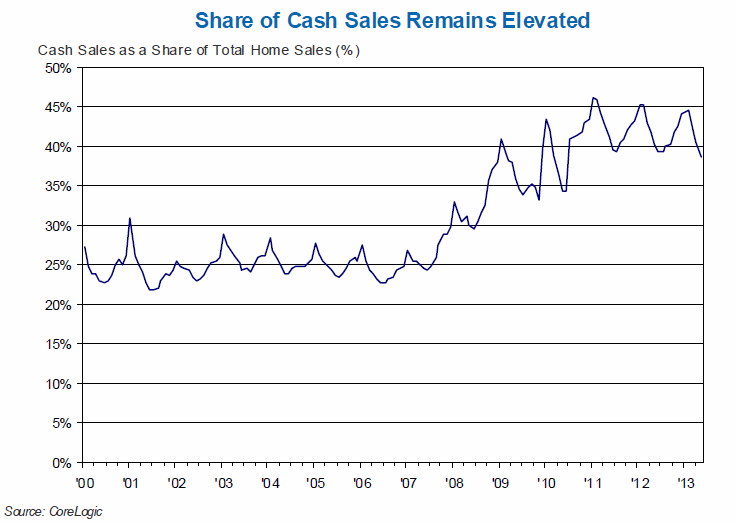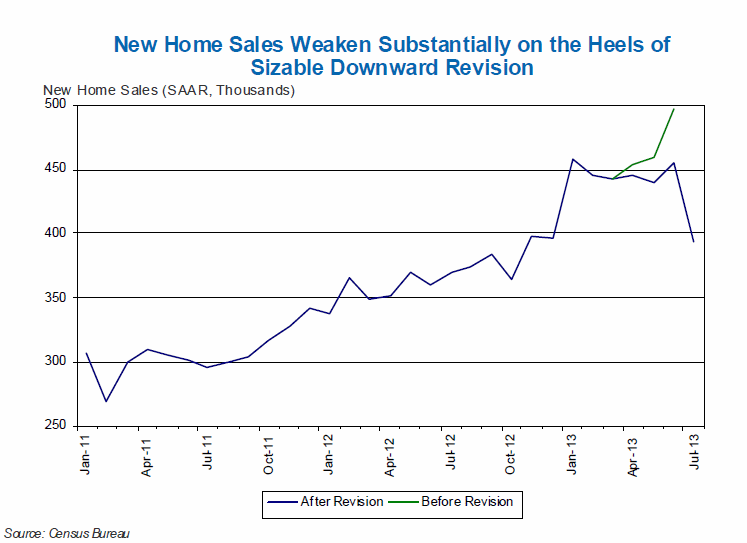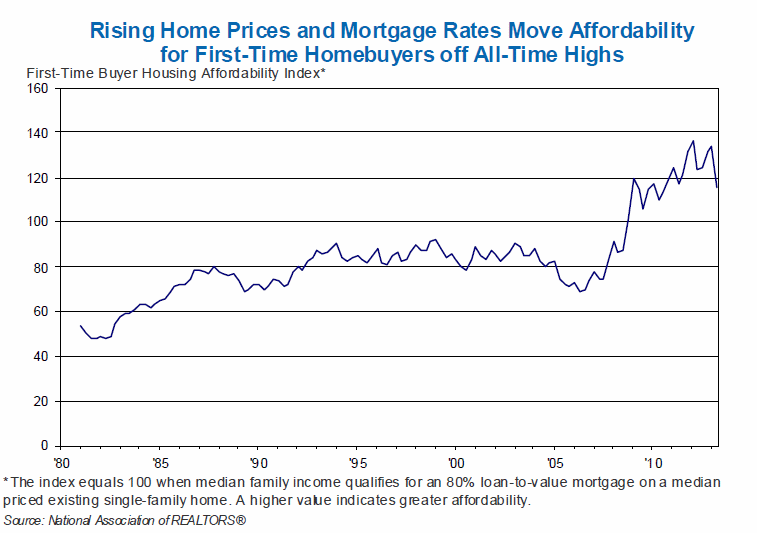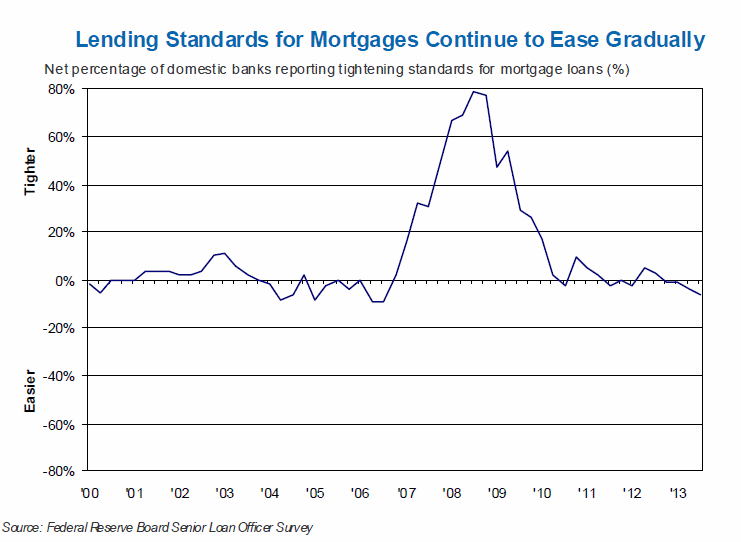Fannie Mae's senior economists said today that anticipated declines in refinance originations suggest that mortgage industry employment, which has trended up since hitting bottom early next year will likely pull back in coming months. This will be just one offshoot of the pain the housing industry is beginning to feel as interest rates rise.
Writing in the company's September Economic Forecast, Doug Duncan, Brian Hughes-Cromwick, and Mark Palim said that, as early as its July meeting the Federal Open Market Committee (FOMC) expressed concern that rate hikes could hurt housing. Since then rates have continued to move even higher and they will continue to drift upward for the next year with the yield on 30-year fixed-rate mortgages (FRM) trending up to approximately 5.3 percent by the end of next year. The early September rate of slightly over 4.5 percent is already about 120 basis points over the recent trough in early May.
The economists said rising rates are already reflected in recent housing indicators with July single-family housing starts trailing those in February by 5 percent. Existing home sales made a solid gain in July to the strongest pace since late 2009 but this is a lagging indicator and pending home sales, a leading one, fell moderately for a second month suggesting an upcoming decrease in existing sales. . Purchase mortgage applications-another leading indicator of home sales-have declined roughly 15 percent from their peak in early May. So far, the drop in purchase mortgage applications has been much more severe than that for pending home sales, but given the level of cash-only purchases the relationship between mortgage applications and home sales is less tight than it has been in the past.

New home sales also plunged in July, the largest drop since the homebuyer tax credit ended in 2010. New home sales, like pending sales are based on contract signings and are thus are a timelier indicator than existing home sales. Earlier months' data was also revised down in July and revised down sharply.

Still home builders remain optimistic. The National Association of Home Builders/Wells Fargo Housing Market Index rose for the fourth consecutive month in August to a level last seen eight years ago. Perhaps the drop in new home sales will be short lived, the economists say, or perhaps builders will soon be changing their minds.
The higher rates do not yet seem to have affected home prices. They continue to show solid monthly gains although those have moderated since the first of the year. Limited inventory has been responsible for much of what the authors call unsustainable home price growth, however these conditions have been improving amid reduced demand and they predict further moderation in home price gains in coming months.
While affordability is still historically high, it is becoming an issue for some potential homebuyers, especially first-timers. Between the spike in interest rates, rising home prices, and anemic income growth many are no longer able to qualify a mortgage. The affordability index for first-time homebuyers fell sharply in the second quarter and will likely post another sizable drop in the current quarter.

Household formation among young persons is being held back by the weak labor market, tight lending standards, and student debt burdens. A recent Census Bureau report shows that the share of post-college age individuals still living with their parents continued to edge higher to 13.6 percent in 2012.
Lending standards have gradually eased over the last years and the economists expect that gradual trend to continue, especially after the revision of the new Qualified Residential Mortgage (QRM) rule which eliminates the earlier high down payment requirements.

The three economists conclude that, while the spike in interest rates has dampened a number of indicators of housing recovery such as consumer sentiment and mortgage applications, the recovery will still continue in a solid and sustained manner. Both new and existing home sales have experienced strong year-to-date gains through the end of July, rising 22 percent and 12 percent, respectively, from last year's levels and are forecast to rise further through the end of the year although at a slower pace. Fannie Mae downgraded its 2013 projections for new home sales from 481,000 to 440,000 but has held to its earlier forecast for an 8.5 percent gain in existing home sales
Duncan, Hughes-Cromwick, and Palim also say that, given the 60 percent decline in refinancing applications since early May they believe the refinancing boom has peaked and that mortgage activity is now shifting to purchase activity. However their predictions for mortgage activity are largely unchanged at a total for 2013 of about $1.75 trillion, down 14 percent from 2012. Refinancing will drop to a 64 percent share from 73 percent for the entire year but by the fourth quarter purchase originations will have more than a 50 percent share. Adjustable-rate mortgages are expected to increase in popularity as fixed rates rise.
Finally Fannie Mae's economists expect the deleveraging in mortgage debt to end soon. Total single-family mortgage debt is forecast to rise modestly in 2013 after five straight years of annual drops.







